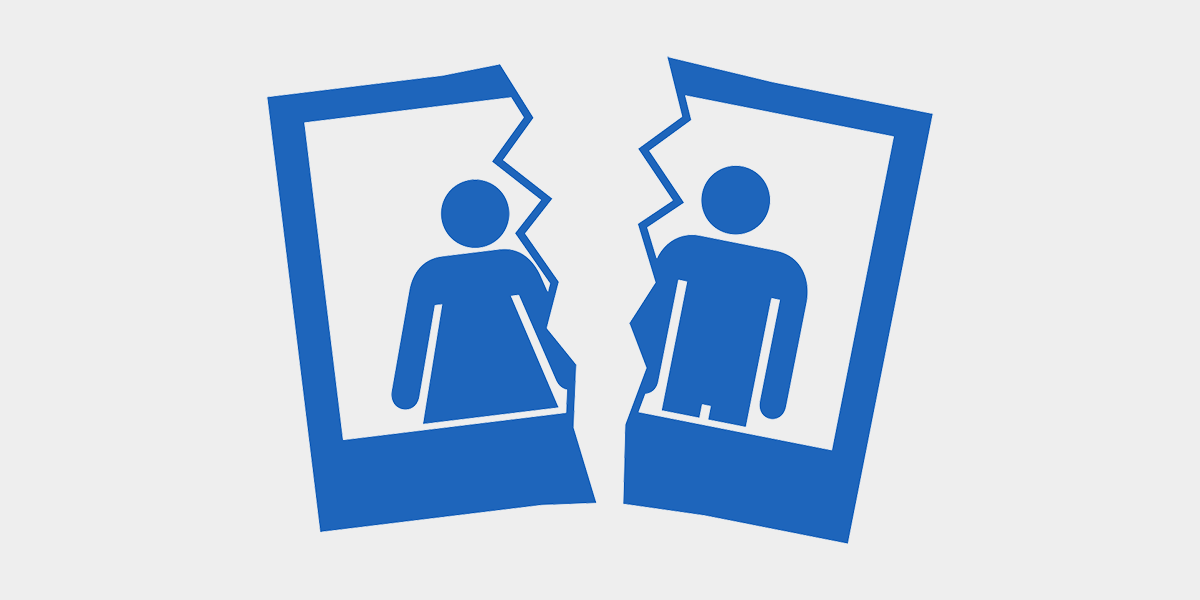Today’s marketers and customer experience professionals put a tremendous amount of focus on the beginning of the customer relationship. They focus on optimizing the steps that lead up to that all-important point of purchase, and then try to create smooth onboarding experiences. This is essential work. Companies need to make it easy for customers to find and buy their products and services. And I’ve written on this very blog about how onboarding shapes your customers’ first impressions of your company and has the potential to influence the long-term success of the relationship.
But all of this effort overshadows another critical point in the customer relationship: The end.
A quick glance at the visualizations of so many “customer lifecycle” frameworks indicates that marketers really don’t want to think about any possibility other than the customer being forever loyal, returning again and again to spend more money. This mindset makes sense. They’re paid to build and nurture customer loyalty. And let’s face it: Breakups are no fun, no matter what side you’re on. When times are good, it’s natural to want to pretend that breakups don’t even exist.
But they do. And how we end our relationships is really important. Nobel laureate Daniel Kahneman’s peak-end rule suggests that people are most likely to remember the most intense part of an experience (whether that’s positive or negative) and whatever happens last. The hypothetical sum total or mental average of all moments or interactions just doesn’t matter.
That means that how you approach a breakup—whether it’s with a love interest, an employee, or a customer—has a huge impact on that person’s memory of the relationship. And those memories shape the person’s willingness to re-engage at a later time.
We probably all know of a once-loving couple that no longer speaks to each other after a bitter divorce. I have a friend who still refuses to do business with AT&T because of the way his relationship with the company ended 20 years ago. And, of course, a certain customer service call went viral last summer when a Comcast rep would simply not let a customer cancel his service without providing a reason as to why. Think that customer will ever be back? I’d put the chance between nil and zero.
So what can you do to improve your offboarding experience? My advice looks strikingly similar to the recommendations in my onboarding post from last May:
1) Map the offboarding journey. First and foremost, you need to understand what your current offboarding experience is like from the customer perspective.
2) Identify the biggest pain points. You want to be cost-efficient with whatever improvements you make, so focus on the parts of the offboarding process that cause customers the most frustration or uncertainty.
3) Prioritize cross-department transitions. Just as onboarding encapsulates many internal hand-offs, so does the offboarding process. A customer may call your call center to start the process, get a notification or final bill via email, return physical items to a retail location, and then request to be removed from promotional mailings.
Offboarding comes in many different flavors. In an upcoming post, I’ll talk specifically about how to design an effective email opt-out experience.
The End. 😉




